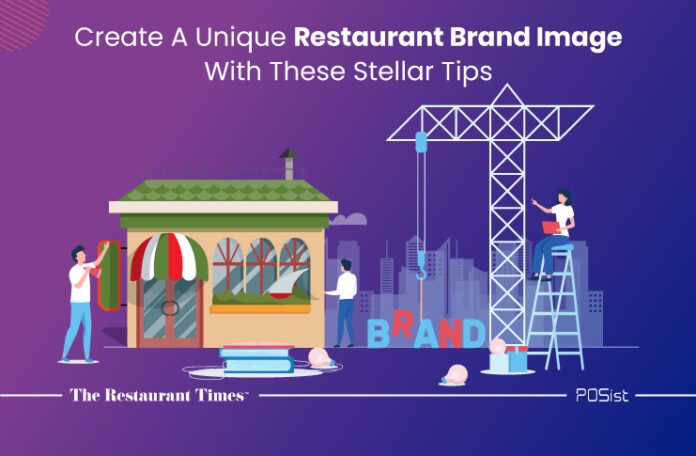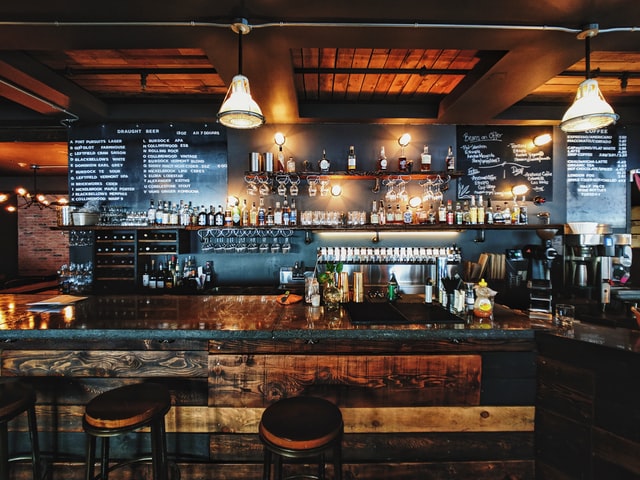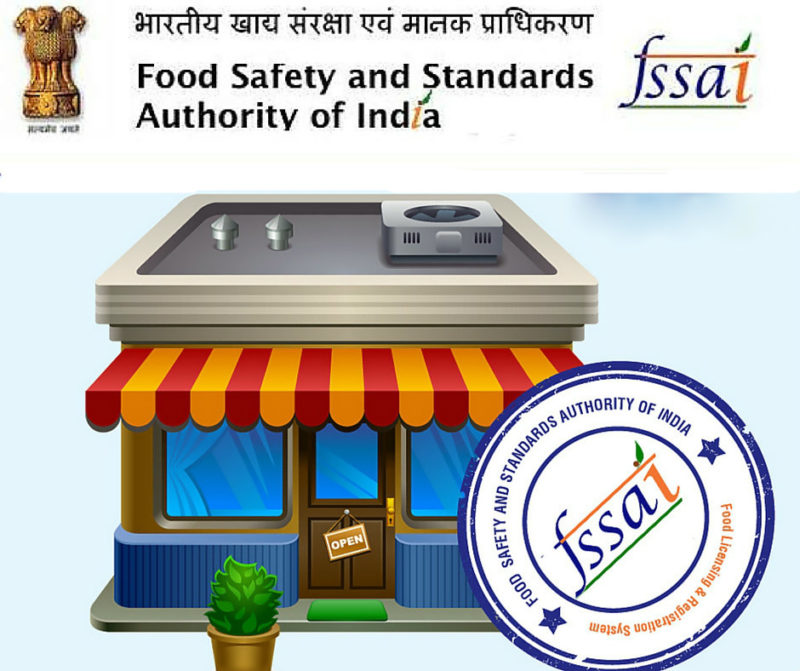Before you open your doors or begin any marketing campaigns to promote your restaurant, you should think about restaurant branding and how to create a unique identity to stand out from the competition. The approach you use to promote your business to customers is crucial. Creating a distinctive and memorable restaurant brand is one of the most efficient methods to increase customer loyalty. Develop a timeless restaurant brand identity that resonates with your target demographic and they’ll keep coming back and bring their friends along.
In essence, developing a restaurant branding strategy is similar to developing one for any other type of brand. You’re essentially creating the image you’ll project in a given environment. The restaurant industry, however, is unusual in that it spans numerous categories and caters to every type of customer imaginable. The focus of building brand identity is on how a restaurant wants its customers to view them. Customers will judge the quality of your restaurant’s brand based on a combination of your visual identity and their own experiences. Here are 4 ways you can create a unique identity for your restaurant.
4 Restaurant Branding Ideas To Create A Unique Identity
The company name, logo, tagline, tone, and typeface are just a few of the fundamental components that make up a brand. Every restaurant focuses on these elements in order to reflect its ideals to the market. Here are 4 ways you can create a unique identity for your restaurant.
1. Define Yourself
A potential customer will often see your logo and branding before visiting your site, tasting your food, or speaking with your personnel. It is the first touchpoint of the customer, which can go a long way towards converting them into loyal customers. Your branding will have a big impact on whether or not they walk into your restaurant and visit again. Your brand’s ‘tone and voice’ is evident from your website, social media, marketing materials, live events, etc.
For example, can you imagine KFC without the red and white logo? The vibrant red encourages impulse buys and is synonymous with excitement, passion, and a zest for life. KFC’s brand identity is always consistent and instantly recognizable, even beyond what we can see with our eyes. And multi-sensory marketing can very well be just about the quickest way to reinforce neural connections around a brand.
 2. Target your Audience
2. Target your Audience
If your restaurant is close to a university campus and offers reasonably priced meals and drinks, it’s safe to assume that the majority of your customers will be university students. Imagine, for example, that you’ve launched your restaurant in a more affluent neighbourhood near corporate office buildings. In that situation, you may soon become the go-to spot for business lunches and networking events.
You should tailor your communication with your customers by defining your target audience. It will provide valuable information on how to improve your customer service and avoid bad feedback. If you’re looking for information on your target audience, use social media and data analytics. You can identify the type of people who would be likely to appreciate your restaurant by looking at their Instagram posts and comments.
An excellent example of this is Nandos. Nando’s is a global chicken restaurant that boldly displays its South African and Portuguese roots in its brand messaging. Nando’s campaigns focus on areas with a high population density to drive footfall, thus geographic segmentation is critical.
In Ireland, the majority of outlets are located in large retail centres with some high street locations. It is very clear that in Ireland and the UK, Nando’s have selected retail centres for carrying out branding activities, unlike competitors such as McDonald’s, Burger King, or KFC, who mix locations in order to accommodate the drive-thru concept for convenience. Pay attention to the customers you see at your restaurant every day to figure out who your target demographic is. You can also utilize a survey to learn more about your customers’ preferences.
3. Utilize Customization
Present your customers with something new and unique that they can only find in your restaurant. Think about expanding your menu to include dairy-free, vegan food which can attract more customers with different preferences. You can personalize your menu if your restaurant has a specific theme or simply caters to a young and lively demographic. Make menu descriptions intriguing, come up with original titles for menu items, and style your menu to match your restaurant’s theme.
Your restaurant’s style should be consistent with your mission statement and brand voice, from the logo to packaging, decor, colours, writing, signage, and more. You’ll probably use bright colours and fonts if you want to create a trendy cafe. A nice restaurant, on the other hand, will profit more from dark, muted colours and typeface. If you’re a family-friendly restaurant, consider meal bundles and discounted kids menus.
4. Consistency Is The Key
One of the most important parts of good restaurant branding is consistency. Both online and offline, you must project the same vibe. Your website should have the same colours as your physical location, and your social media should have the same branding. If you’re thinking of advertising, make sure it’s consistent with your brand. The same can be said of offline marketing. Your logo must appear on all printed materials, including flyers, posters, and business cards. You can still ask your wait staff to wear t-shirts in the brand’s colours or personalized t-shirts with your logo if you don’t want to provide them with appropriate uniforms.
Kitchen technology will automate your processes and assist you in maintaining a high level of service speed. You can keep your guests happy while eliminating waste and needless effort with good food coursing. With all of these systems in place, as well as adhering to the fundamentals of restaurant service, you can focus on the guest experience rather than the back-of-house. A user-friendly mobile app can make things easier for your customers and serve as a platform for running a variety of loyalty programs. It can help build brand recall even when customers are not in the store, and it gives the place a slick, updated look. Having every piece in place will quite successfully build a unique brand identity for your restaurant brand.



















